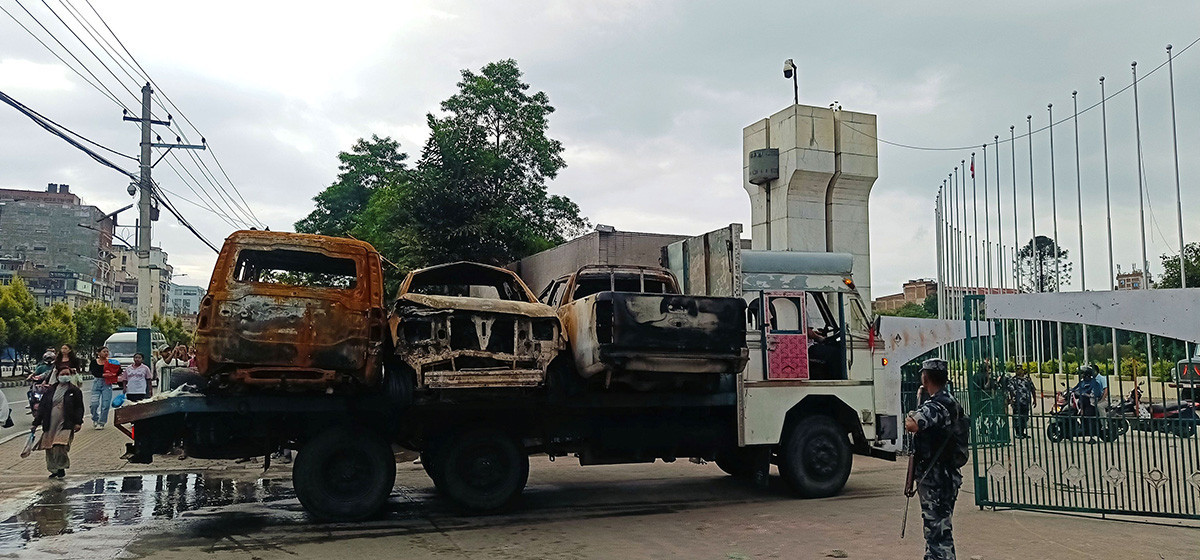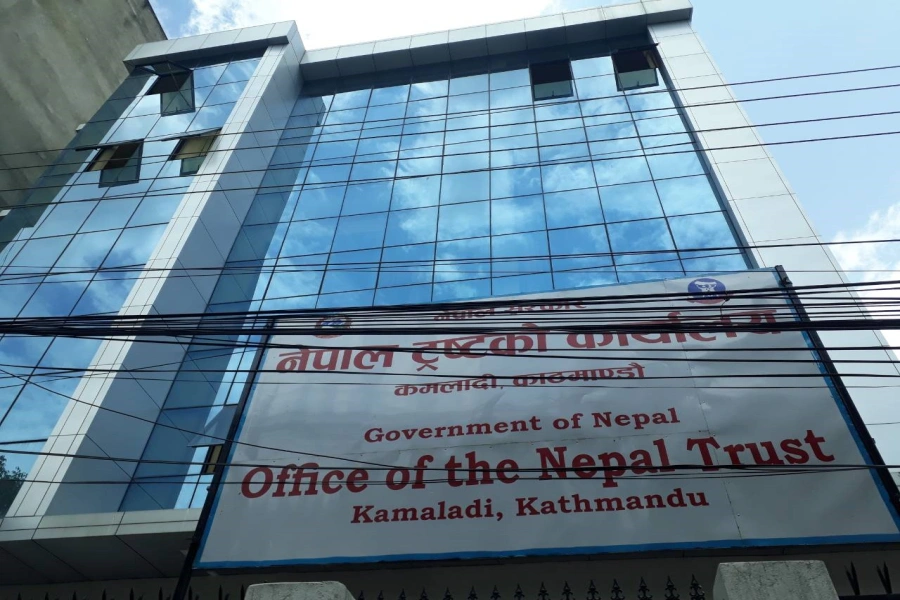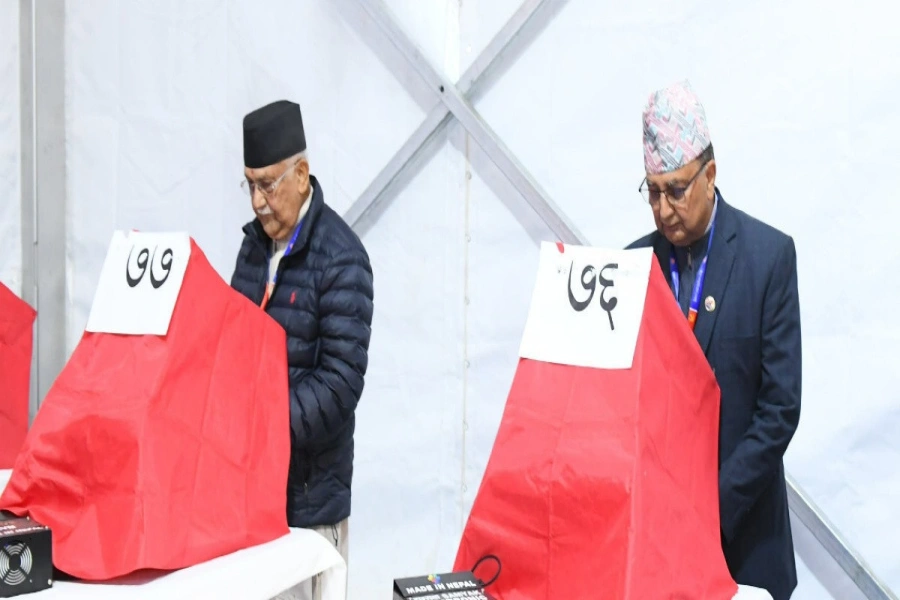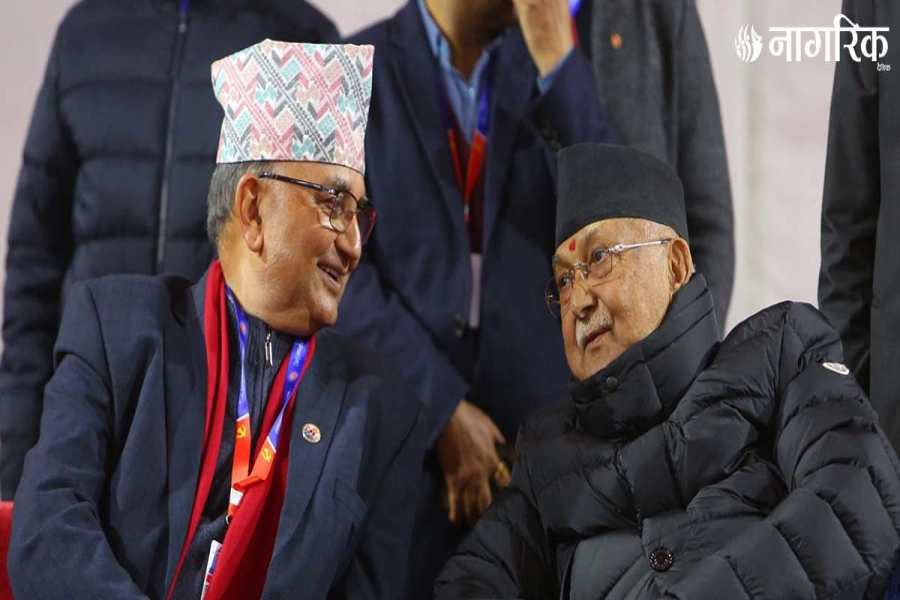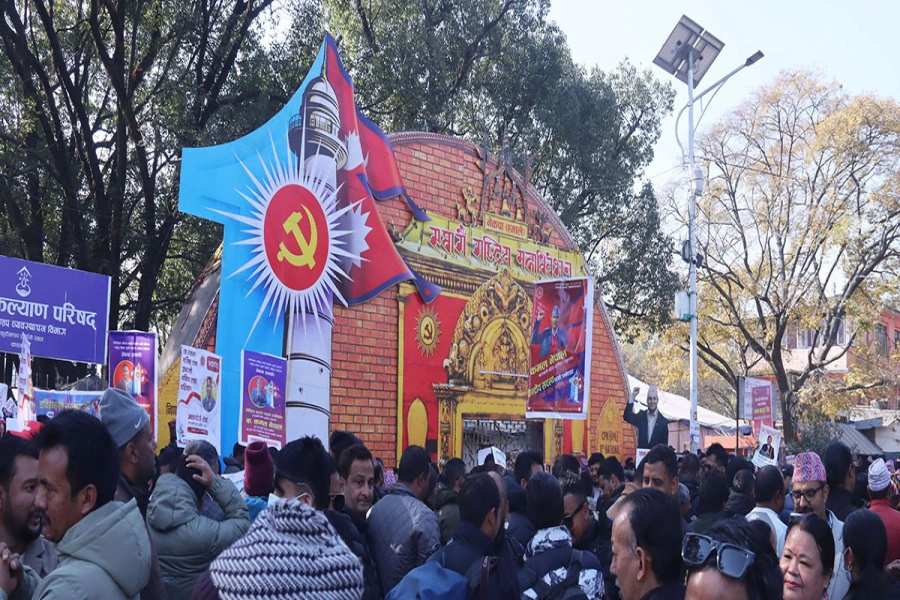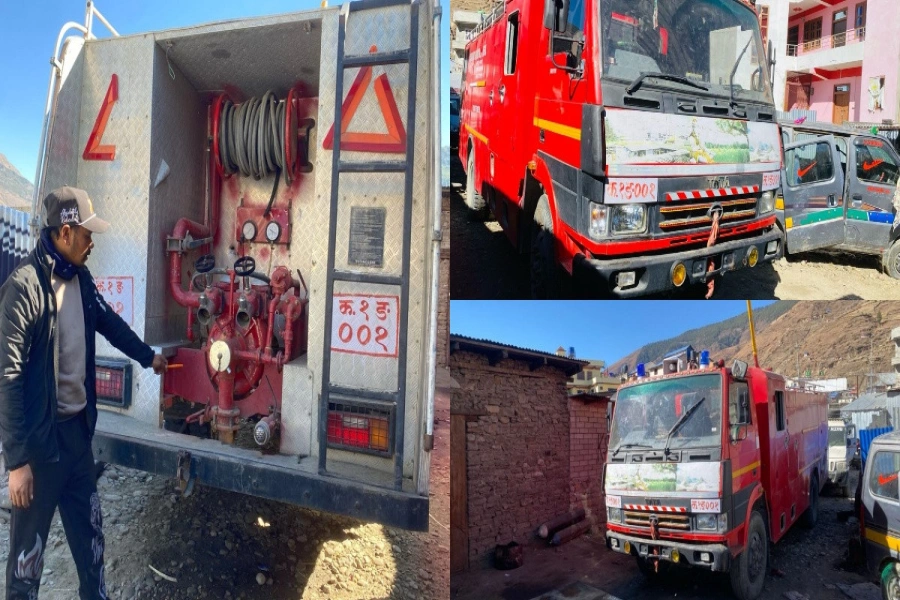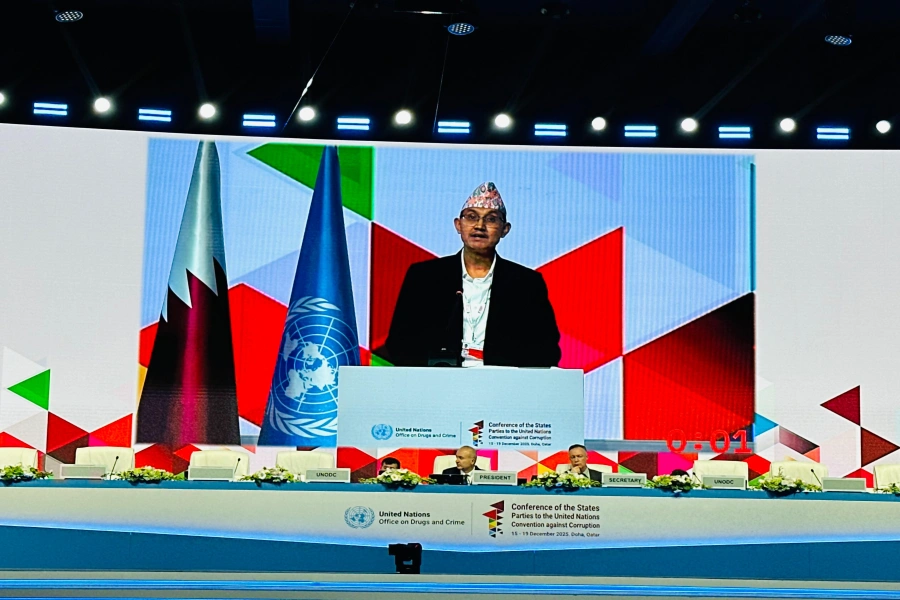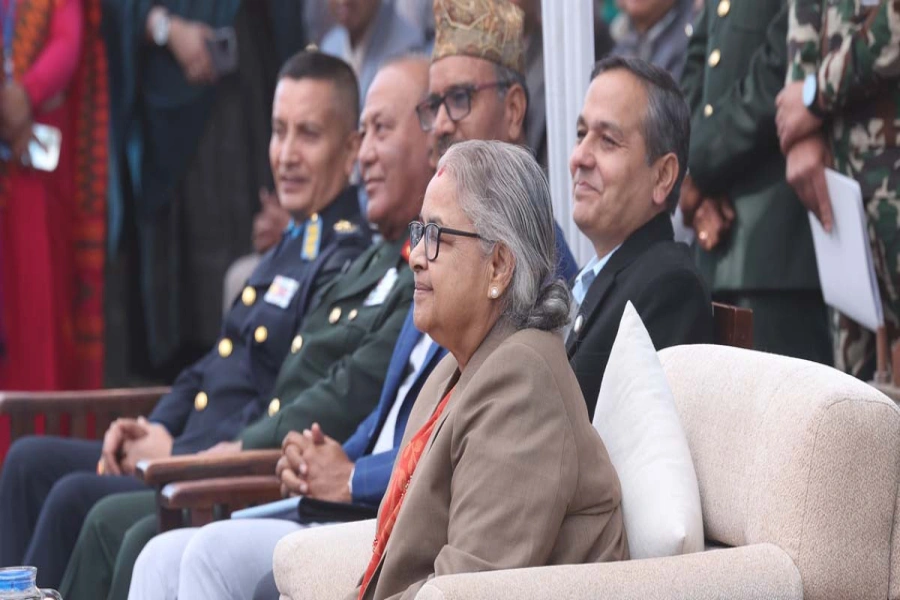The public perception of federalism is increasingly negative, and there is a growing dislike among the people, particularly towards the provincial governments, which constitute the second tier of government in the country's federal structure adopted in 2015 and implemented two years later in 2017. In fact, there is a mounting public complaint that the provincial structure has only led to an exponential increase in the country's administrative and managerial expenses. Also, our experience with provinces over the past six years reveals their failure to deliver, which raises questions about their necessity and relevance. Federalism was implemented in Nepal with the promise of "taking Singha Durbar to the villages," assuring the people that government services would be accessible at their doorsteps. However, the last six years have revealed that hundreds of billions of rupees was expended to establish a functional federalism, particularly the provincial structure, yet the outcomes have been far from satisfactory.
Federalism was intended to tackle the challenges stemming from the long-standing unitary and centralized governance system that the country had adopted. This political system, embraced by a little over two dozen out of nearly 200 countries worldwide, was expected to alleviate extreme poverty and address various forms of discrimination and marginalization based on caste, gender, and geography in the country. It was promoted as a cure-all for our governance-related issues and deficiencies. However, if we evaluate the past six years, it becomes evident that rather than resolving these problems, federalism – especially the provincial structure - has given rise to new challenges.
The implementation of federalism appears to be veering away from success due to its costly nature and hasty adoption as a response to emotional impulses, rather than a comprehensive understanding of the complex dynamics of fiscal federalism. Consequently, all seven provinces continue to rely on grants from the federal government to sustain their operations, even six years after the introduction of federalism. This dependency has bolstered arguments against the necessity and relevance of federalism, particularly concerning the provincial structure.
Neither GBIA nor Pokhara Intn’l Airport can serve purpose of Ni...

There is a prevailing sentiment among the general public that the inclusion of the provincial structure in Nepal's federal model was a result of impulsive decision-making driven by emotions, rather than a well-considered and practical approach. At present, Nepal’s federal setup consists of a central federal government, seven provinces, and 753 local bodies, encompassing metropolises, sub-metropolises, municipalities, and rural municipalities. This arrangement involves a bicameral federal parliament, along with seven unicameral parliaments in the provinces. Currently, there are 334 federal lawmakers and a total of 550 provincial lawmakers, amounting to 884 parliamentarians in total. The combined number of ministers at these two levels exceeds 130. When we factor in the administrative expenses of the 753 local bodies, it becomes evident that the cost of governance has become excessively high and the overall size of the federal system has become unwieldy.
Unlike most countries that have adopted federalism with only two tiers of government, Nepal has implemented a three-tier governance system, excluding the possibility of considering the 77 district coordination committees as a separate fourth layer of government. It is indeed peculiar, yet true, that in such a small country, there exist 761 governments! This arrangement is advantageous for political parties as it provides them with additional positions to be filled by their leaders and members, allowing them to maintain a strong grip on the government apparatus. However, this may not be beneficial for the financial well-being of the country, which is already burdened. The structural, administrative, and political costs associated with the federal system are undoubtedly substantial, and the situation is exacerbated by the failure to deliver results, particularly on the part of the provincial governments.
The federal system of governance is relatively new to Nepal, and some may argue that a period of merely six years is insufficient to form a definitive judgment on its effectiveness. While this viewpoint holds some validity, the past six years have largely been disappointing, and the indications they have provided do not inspire confidence or optimism. As the saying goes, "the morning shows the day" in most cases, suggesting that early signs can be indicative of future outcomes. Furthermore, the creation of three layers of government and hundreds of governing entities has merely presented additional opportunities for the distribution of state funds and scarce resources among party leaders, cadres, and their associates. The annual reports from the Office of the Auditor General make it evident that corruption has escalated in the past five to six years, accompanied by a concerning increase in government arrears.
For the general public, federalism has become synonymous with burdening them with more taxes to line the pockets of countless MPs and ministers. As if that weren't enough, the provinces have proven utterly ineffective in improving people's lives and advancing the country. Job creation? A dismal failure. Every single day, around 3,000 Nepali youths bid farewell to their homeland in search of work overseas. With most essential services coming from either the federal or local government, the question echoes louder: Why do we need this unnecessary provincial structure in the middle?
It's high time we engage in a rigorous debate on the need and relevance of this provincial layer in our federal setup.



